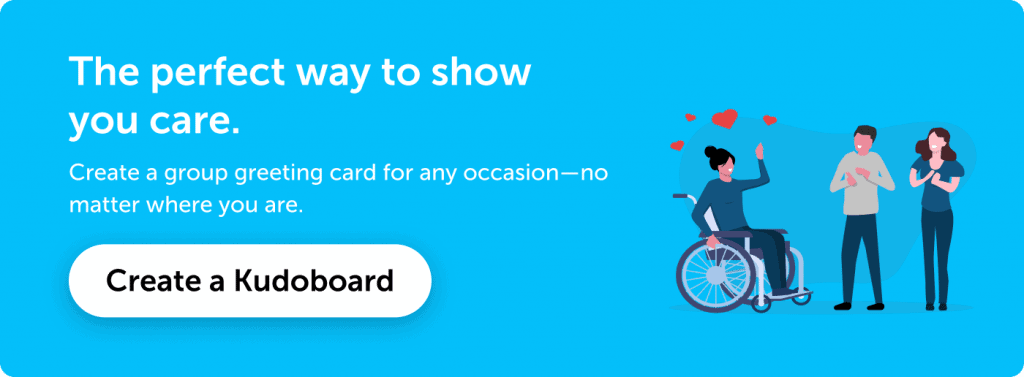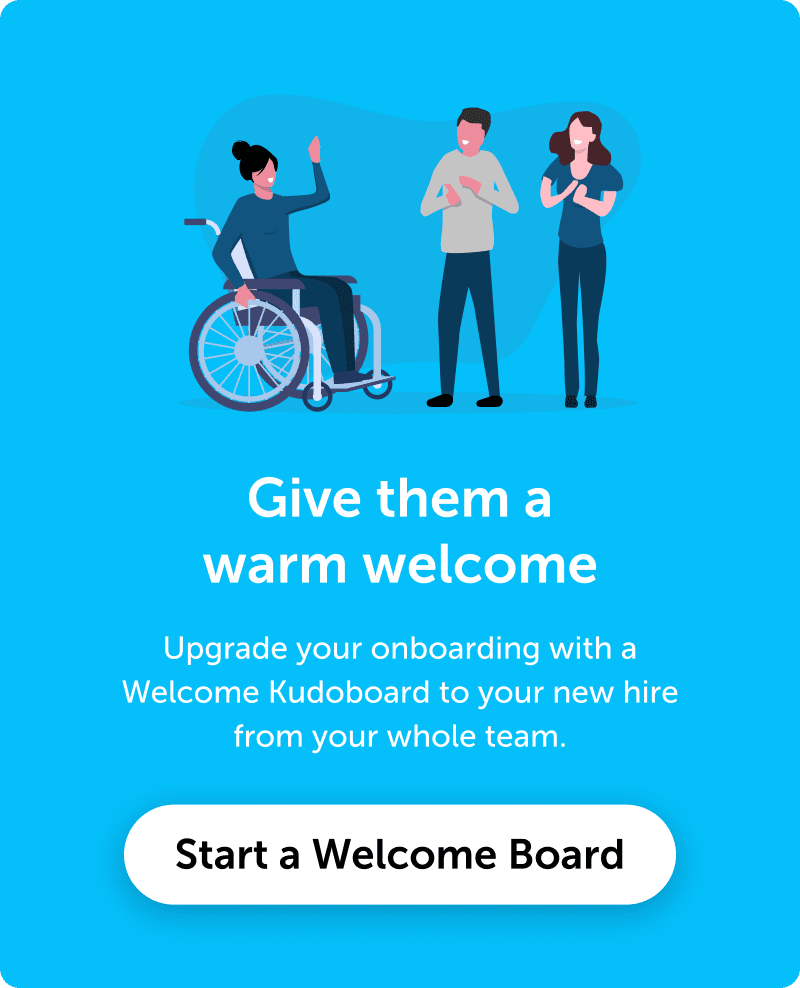Everyone has something to say and something to contribute. The best teams are ones that have a variety of perspectives and diverse backgrounds – and where every team member feels like theirs is genuinely valued.
You can ensure that your organization thrives in this way with programs that focus on diversity, equity and inclusion, also known as DEI.
What is DEI?
DEI refers to three closely linked values that are important to organizations striving to support all people: diversity, equity and inclusion. These values help companies become a place where people from all walks of life have an equal opportunity to thrive.
The goal of diversity, equity and inclusion is to create a more just society – a mission we can all get behind. While strides have certainly been made in recent years, certain industries are still lacking in these key aspects. For example, a 2022 BuiltIn survey found that one in four tech companies said their teams were more than 70% white, and nearly three-fourths said there were no Black leaders on their executive teams.
Ideally, an organization should look like the community it’s going to serve, which can include a diverse array of characteristics, backgrounds and experiences. DEI programs are designed to support this by making sure that everyone feels welcomed, supported, and equipped to do their jobs.
And DEI isn’t just something for the human resource department to address, with programs and inclusion training. Instead, they are values that every member of the organization, from the top down, should embody.
Diversity, equity and inclusion are intertwined. But they also have distinct meanings, and each of them is necessary for an organization to thrive. Think of diversity, equity and inclusion as parts of the same puzzle. Let’s go over each aspect of DEI in detail.
Diversity
Diversity refers to the makeup of a workplace and the different backgrounds that people bring to the table. It’s about recognizing and appreciating the uniqueness of each person and the importance of every perspective.
Types of diversity
- Gender and gender identity
- Ethnicity
- Age
- Sexual orientation
- Physical ability
- Socioeconomic status
- Veteran status
In addition to the importance of giving everyone opportunities to thrive, there are tangible benefits to having a diverse workforce that further demonstrate the importance of investing in diversity. Multiple McKinsey reports assessing data from more than 1,000 large companies show a correlation between diversity and business performance. For example, companies where more than 30% of executives are women were more likely to have better performance than companies with only 10-30% women executives.
Diversity helps an organization thrive not in spite of individual differences, but because of them. Workplace diversity helps us recognize that everyone is an important piece of the puzzle.

Equity
A workforce can’t be diverse without equity. Equity and equality might sometimes be used interchangeably, but they differ in a key way. When we think of equality, we might think of sameness. But equity is actually about fairness. Equity refers to fairness in norms, practices and policies in order to ensure that all members of the team have a chance to thrive, regardless of identity or background. Equity recognizes that people of certain communities (such as women, people of color and LGBTQ+ people) may face additional challenges in the workplace due to structural inequality and bias.
Think about two people running a one-mile race, side by side on a path. One side of the path is smooth, and the runner on it faces no physical obstacles to getting to the finish line. The other side of the path is filled with boulders, sinkholes and snapping turtles. Yikes! While the runners are going the same distance, it’s not equitable: One person faces significantly more challenges than the other. An equitable race would ensure fairness for all.
Rather than treating everyone exactly the same across the board, equity takes into account a person’s circumstances. Let’s imagine a remote employee named Hank who must pick up his kids after school. A policy requiring everyone to check in with the manager at 3 p.m. might seem equal on the surface: It’s something everyone must do. But the policy doesn’t take into account Hank’s familial responsibilities. Whenever possible, it’s important for an organization to consider a person’s entire situation so reasonable accommodations can be made for them to thrive and to set them up for success.

Inclusion
Having a diverse workforce and equitable policies are great building blocks for a thriving organization. Inclusion is about taking it a step further and walking the walk. Inclusion refers to the degree that employees feel able to contribute and like they are a true part of the team. In an inclusive environment, all employees feel like their voices are heard and like their ideas matter. Having an emphasis on inclusion helps an organization truly tap into the potential of a diverse team.
Inclusion also means that in addition to being professional, people feel free to be themselves. Code switching refers to the phenomenon that occurs when a person switches between different languages, styles of speaking, or other forms of expression (clothing, body language, etc.) based on who they are around or what community they’re currently in. For example, you might wear jeans and a t-shirt when hanging out casually with your friends, but a more formal blazer and trousers when at the office. You might say “What’s up?” as a greeting to a friend, but say “Good morning” to your manager.
We all adapt to our settings based on the level of professionalism required, but some people may feel like they have to fundamentally alter how they act or speak in order to “fit in” with standards that are often coded as white, Western or male. For this reason, code switching is often seen as a DEI-related issue that must be addressed through a DEI lens and DEI training.
Inclusion is about allowing every team member to show up as themselves and to know that they will be heard, respected and valued exactly as they are. An inclusive culture lifts us all.
Why DEI matters
Organizations that embody these values can better serve a wide range of customers because the talent pool is varied and diverse. A diverse, equitable workplace where everyone feels included means more perspectives are being brought to the table, making it easier to innovate. Different perspectives mean a greater likelihood that someone on the team will have an idea or a solution to a problem.
A strong sense of diversity, equity and inclusion can also make an organization more attractive to talented candidates. According to Glassdoor, 76% of job seekers and employees say that a diverse workplace is an important factor when evaluating job offers.
Companies that are more diverse also have greater profitability and long-term health. A welcoming, inclusive atmosphere where every team member feels valued for who they are and what they contribute helps people perform to the best of their abilities, giving the entire organization a boost.
Where to begin
Now that we’ve gone over what diversity, equity and inclusion entail, you can start thinking about how to enhance these crucial aspects of a thriving workplace at your own organization. Something so important may seem like a daunting task, but there are several places you can start.
Keys for DEI at your organization
- Appreciation and recognition of all employees and their contributions
- Standardized job descriptions so everyone applying feels like they have an equal chance to succeed
- Ongoing discussion about areas for improvement
- Accessible technology that is easy to use for all abilities
Diversity, equity and inclusion are important for individual fulfillment, growth and happiness, as well as the success of an organization. Investing in and prioritizing a DEI program is a worthwhile endeavor for any company aiming to reach its full potential.





